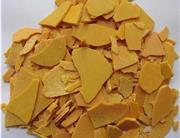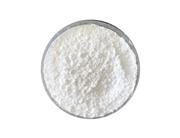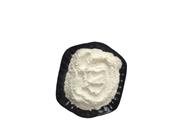| Sodium octanoate Basic information |
|
| Product Name: | Sodium octanoate |
| MF: | C8H15NaO2 |
| MW: | 166.19 |
| EINECS: | 217-850-5 |
| Sodium octanoate Chemical Properties |
|
| Melting point | ~245 °C (dec.) |
| storage temp. | Inert atmosphere,Room Temperature |
| solubility | H2O: 50 mg/mL, clear |
| form | Powder |
| color | White to off-white |
| PH | 8.0-10.5 (100g/l, H2O, 20°C) |
| Water Solubility | soluble |
| BRN | 3597723 |
| Stability: | Stable. Incompatible with strong oxidizing agents. |
| CAS DataBase Reference | 1984-06-1(CAS DataBase Reference) |
| EPA Substance Registry System | Sodium octanoate (1984-06-1) |
| Appearance | white powder |
| Melting point | 225 ºC |
| Assay | 99% |
Product Description :
Sodium octanoate, also known as sodium caprylate, belongs to the class of organic compounds known as medium-chain fatty acids. These are fatty acids with an aliphatic tail that contains between 4 and 12 carbon atoms. Sodium octanoate is a very weakly acidic compound (based on its pKa).
Sodium octanoate is a fatty acid used as a protein stabilizer for molecules such as albumin and fibrinogen.
In the pharmaceutical industry, sodium caprylate is contained as an inactive ingredient in biological agents (human serum albumin). In biology, high acid salts are generally used for special breeding of strains. The reason why used is that salts are more soluble than high acid salts themselves. And the pH is more adjustable. For example, when breeding bacteria that degrade caprylic acid, sodium caprylic acid is added to the culture medium.
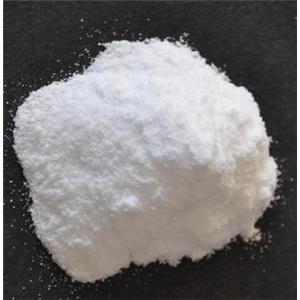
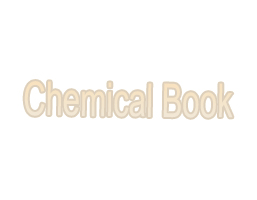
 China
China